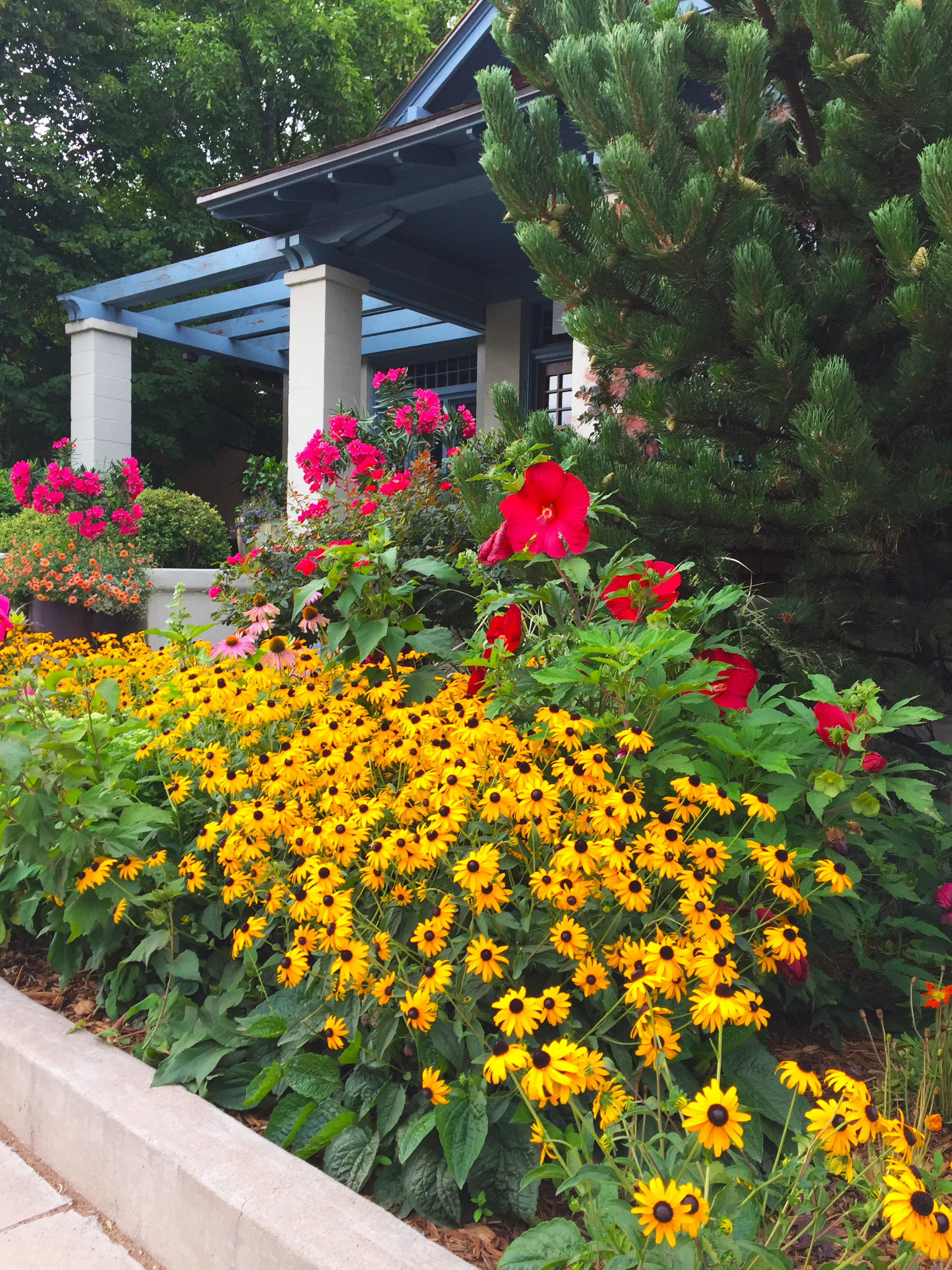
By Jessica Addington, Focus New Mexico
It’s been a few years since I tried my hand at a backyard garden, but I haven’t forgotten the satisfaction of sowing, growing, and tasting the first crop. To be completely honest, I didn’t have much success with my first garden; we had very little space to grow and only produced a small ration of jalapenos, a few habaneros, and one cantaloupe. Regardless of the size of our harvest, I found so much joy in tending to each plant and teaching my girls a lesson in hard work, patience, and self-sufficiency.
To our advantage, New Mexico’s climate provides a long growing season. However, gardening in the desert can also raise some challenges: low moisture levels, rocky soil, and gusty winds can make it difficult. As I was doing some personal research for my backyard garden, I wanted to share what I thought was valuable content for anyone who is wanting to live off of the land. I dug up a fantastic article from New Mexico State University that will help you grow with confidence and have fun doing it!
1. Know Your Climate
The types of vegetables that can be grown in home gardens in New Mexico are generally determined by the length of the growing season. There are three major growing zones in New Mexico—north, central, and south—based on the average number of frost-free days. Crops like okra and watermelons have difficulty maturing in areas with short growing seasons. Kale, on the other hand, does not fare well in areas with hot summer weather like southeast NM. Also, raised beds warm up sooner in the spring than a level garden. Maximum effect is achieved by planting on the south side of a bed running east to west. Beds can be mounded up with a shovel or contained with lumber or bricks.
2. Plan Before You Plant
When selecting the site for your garden, make sure the soil is deep and well drained. Most vegetables, whether grown in short or long growing season areas, prefer full sun. Vegetable gardens should be located away from trees that may shade the garden. Tree roots may also compete for water and nutrients. Windbreaks (such as trees, fences, and walls) a safe distance to the southwest of the garden are encouraged to protect young seedlings from prevailing winds in the spring. Make a list of vegetables you would like to grow. Consider how much space is available, how many people are in your family and their taste preferences. A number of techniques can be used to grow more crops in the same area. For example, radishes planted in the early spring can be replaced by green beans in the summer. The green beans, in turn, can be replaced by fall-planted garlic. This process of planting three crops one after another in the same growing season is called “succession” planting.
3. Prepare the SoilMost soils in New Mexico are low in organic matter, and adding organic matter to your garden soil will help improve its structure. Most gardeners find the easiest way to add organic matter to the soil is to apply compost. Compost is often made from leaves, grass clippings, food wastes, and garden vegetable waste from the previous growing season. A 1- to 2-in. layer of well-decomposed compost can be incorporated into the soil before planting. Most New Mexico soils tend to be alkaline, which makes some soil nutrients like phosphorous, iron, and zinc unavailable for plant uptake. Well-decomposed compost (often called humus) contains humic acid, and when added to alkaline soils it helps to make these nutrients more available for plant uptake. Good soil fertility produces good crop yields. Good soil fertility is most easily achieved by balancing organic matter with commercial fertilizers. Most New Mexico soils contain sufficient potassium for good vegetable growth, although it’s wise to have an analysis of your soil to make sure.
4. Plant Your Garden
Plants can be established in the garden either by direct seeding or by transplanting. Planting seeds directly into the soil where they will grow is the easiest and most basic method of starting vegetables in a garden. It is also less costly in terms of both time and money. Transplants can be purchased from nurseries and garden centers. Although transplants are more expensive, they are more convenient because you do not have to start your own plants. Think of your garden as three gardens in one—a spring garden, a summer garden, and a fall garden. Planting dates for each will depend on the hardiness of the vegetable and when you want your crop to mature. Hardy cool-season crops can be planted early in the spring or in the summer for a fall crop, while warm-season crops should be planted only after all danger of frost has passed in the spring.
5. Water ProperlyWater plants just before transplanting. This will help keep roots from drying out and will help when removing plants from plastic pots (by tapping on the pot bottom). Transplant in the evening when it’s cool. This will give plants time to adjust to their new environment before confronting the sun the next day. Because of our dry climate, irrigation is essential in New Mexico’s gardens. Too little water can induce plant stress, reducing both quality and yield. However, overwatering can cause root rots or may cause plants to remain overly vegetative rather than producing fruit. A careful balance of providing the optimal irrigation to plants as they grow will prevent plant stress from either under- or overwatering and will contribute to healthy, high-yielding crops.
SOURCE: S. Walker. 2014. Home Vegetable Gardening in New Mexico [Circular 457]. New Mexico State University Cooperative Extension Service.
